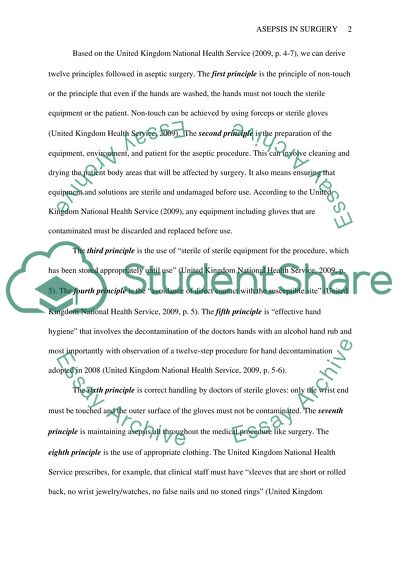Cite this document
(“Asepsis Essay Example | Topics and Well Written Essays - 1250 words”, n.d.)
Retrieved from https://studentshare.org/biology/1433561-asepsis
Retrieved from https://studentshare.org/biology/1433561-asepsis
(Asepsis Essay Example | Topics and Well Written Essays - 1250 Words)
https://studentshare.org/biology/1433561-asepsis.
https://studentshare.org/biology/1433561-asepsis.
“Asepsis Essay Example | Topics and Well Written Essays - 1250 Words”, n.d. https://studentshare.org/biology/1433561-asepsis.


